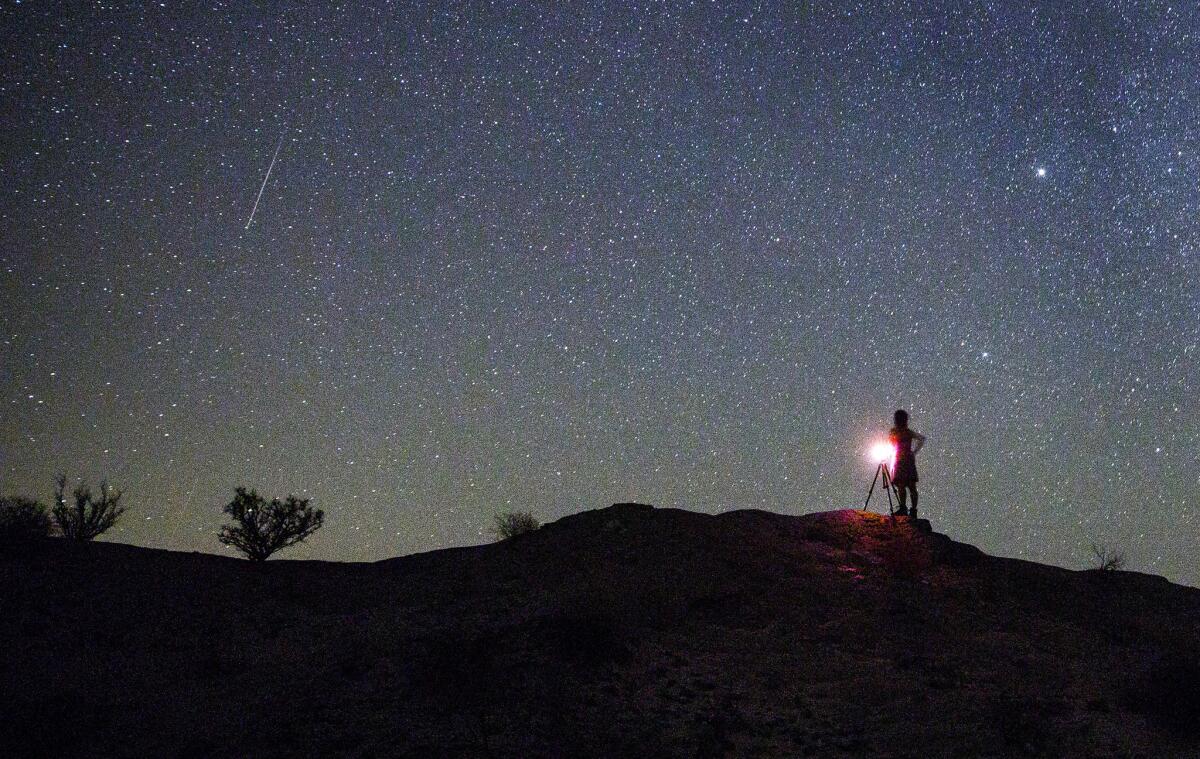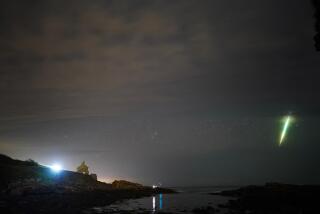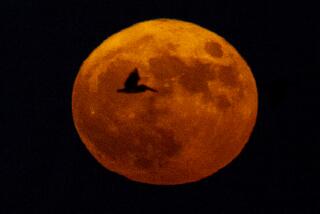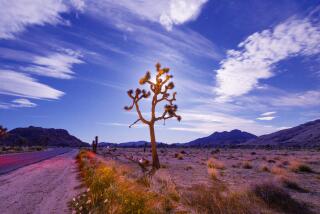Donât miss the Perseid meteor shower âoutburstâ this week. Here are good places to watch

Sky-gazers, take note: The Perseid meteor showers will be bigger than ever this year as the Earth passes through the tail of Comet Swift-Tuttle and its debris turns into fireballs in the sky. Space.com reports that itâs an âoutburstâ year for the annual light show that happens every August.
âThis year, instead of seeing about 80 Perseids per hour, the rate could top 150 and even approach 200 meteors per hour,â NASA meteor expert Bill Cooke says on Space.com.
The show peaks â the time you are most likely to see the most meteors â early Thursday starting around 10 p.m. (after the moon sets is best) until about 4 a.m. Friday.
But you can continue to see shooting stars beyond. The Earth passes through the comet debris between July 17 and Aug. 24, so keep an eye out for the next few weeks.
You can see the shooting stars with the naked eye, provided itâs a clear night and you are in a dark place. Here are some good dark-sky venues:
âGreat Basin National Park near Baker, Nev., is hosting a Perseid meteor shower party. Show up at the Lehman Caves Visitors Center in the park around 9 p.m. Bring a lawn chair and look up â itâs one of the best places to see the show because of its remote location in east central Nevada.
âJoshua Tree and Death Valley national parks are sweltering with triple-digit heat at this time of year. But they are excellent places for an after-hours look at the sky. Wait until the sun goes down and venture in to set up for the light show.
âIn Southern California, Big Bear Lake, perched at nearly 7,000 feet in the San Bernardino Mountains north of L.A., is usually a safe bet for good viewing. Overhead and to the east, stars typically are brilliant â so sky-gazers can see the Milky Way horizon-to-horizon most nights.
And why are they called the Perseids? Because the fireballs radiate out from the constellation of Perseus. So go find a dark spot, allow at least half an hour for your eyes to adjust and be patient for the show to begin.
MORE
Where to watch Kilaueaâs lava flow hit the ocean on Hawaii Island
Glaciers and peaks are the stars of this Patagonia hiking and camping adventure
Best Pokémon GO hunting places in California (60 stops in Disney parks!)
A kind of psychedelic Stonehenge in the desert near Las Vegas
More to Read
Sign up for The Wild
Weâll help you find the best places to hike, bike and run, as well as the perfect silent spots for meditation and yoga.
You may occasionally receive promotional content from the Los Angeles Times.







